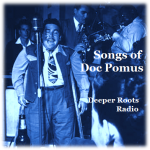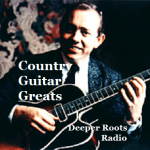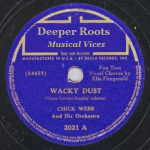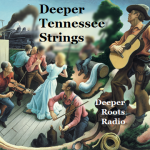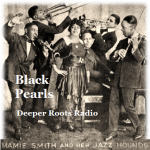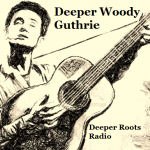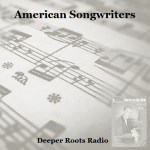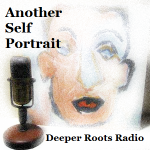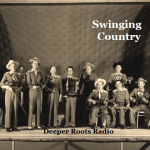
This week’s Deeper Roots show revisits country swing. Join Dave Stroud tonight at 9 for the sounds of Tex Williams, The Sons of the West, Spade Cooley, Hank Penney, and a host of others whose sounds attracted huge crowds to the dance halls and clubs in Texas, Oklahoma, and California during the thirties and forties. With its basis in jazz and ‘gypsy jazz’, its sound is an upbeat amalgamation of rural, cowboy, polka, folk, blues, and Dixieland jazz, all played by the hot string bands who gave it a distinctive sound with amplified steel guitars, stand-up bass, fiddle, as well as an occasional accordion or brass accompaniment. It’s still alive today…you just need to look.
